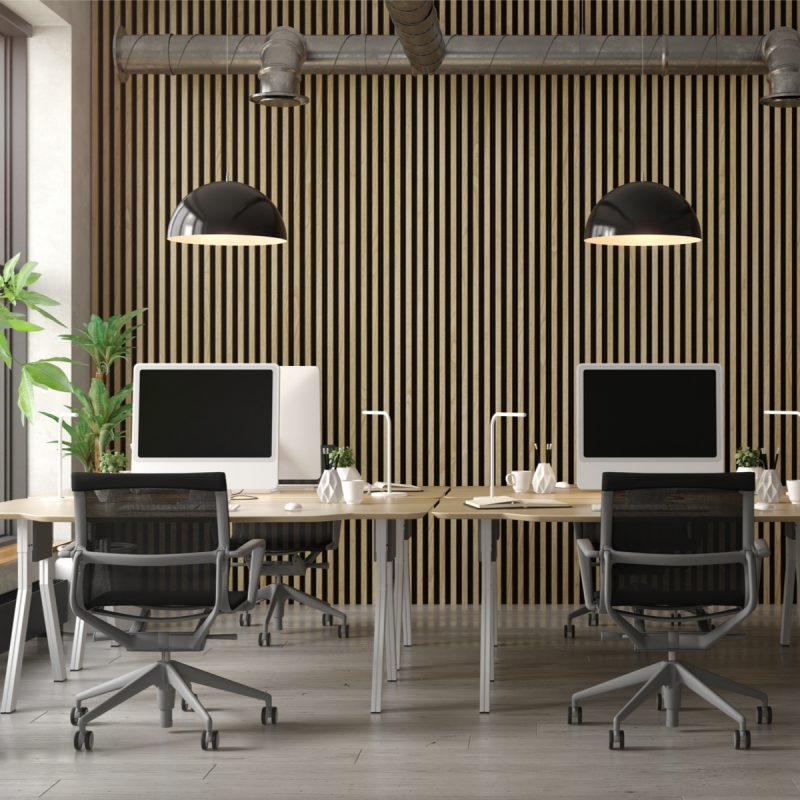We’ve all heard of corporate social responsibility, and the environmental efforts made by large companies. But what about the efforts that could be made by those running a small business? Sustainable small business practices can leave a lasting impact on the environment, productivity, and sustainable culture, while also helping you to save money. But where do you start?
Working From Home
As a small business, the first step is virtual. One sustainable business practice, which many small businesses can use, is doing more work digitally. Using the internet to help run a company from home can make a major difference. By working from home more often, you save money and time while aiding the environment, as you lessen the costs and environmental impact of commuting.
See where your employees and business partners can do the same. Can your employees handle paperwork from home 2-3 days per week, thus cutting down on their commutes as well? Can team members do their work from home more often, using webcams for meetings and online communication? The changes you make toward running a sustainable small business can lead to changes in other businesses as well.
Read More: Creating Sustainable Employee Transportation: Where to Start
LEED Spaces
The type of office space you use can also make a difference in your environmental impact. Many small business owners rent their office space, so there will likely be limits on your space based on how the building is constructed. However, you can opt to rent LEED certified spaces, which typically use more energy efficient lighting, HVAC systems, and water conservation mechanisms.
But what about areas that don’t have any LEED certified spaces on the market? Don’t let that stress you out. You can still find ways to reduce your environmental footprint by situating your business near some form of mass transit. This will allow employees and business partners to more easily commute, and your clients and customers can make their way to your business without driving by taking advantage of public transportation.
Packaging and Distribution Changes
If your business offers physical products, consider sustainable packaging. Find ways to reduce the packaging you use without compromising quality or delivery. For example, could you create, store, and transport your products without packaging? Are there reusable materials, such as leftover paper and boxes, that you could use to hold your products? Consider these options to reduce your use of materials and eliminate a source of waste. Even the way you distribute your products has a big impact on sustainability. If you distribute your products, or you have some form of delivery system, consider incorporating a green vehicle into your company fleet.
Energy Consumption
Whether you work at home or in a green office space, be cognizant of your energy use for devices like computers and printers. Make an effort to avoid unnecessary vampire power by turning off your work computer when you are done for the day, or put all of your electronics and lights on a single power strip so that you can flip it off when you leave the office. Opt for energy efficient lighting sources too.
Sustainable Furniture and Supplies
If your business needs some furniture, apply the Buyerarchy of Needs Triangle. Consider purchasing a used bookshelf or refurbished laptop. Office furniture and supplies can often be found in thrift shops. Reconditioned electronics are easy to come by in fine working order. Similarly, the smaller office products you use, such as paper, should come from reputable, sustainable sources. Buying paper from Double A Paper reduces the impact your business operations have by using sustainably produced paper.
If you’re looking to make your business more sustainable, there are ways to do so without breaking the bank. We encourage you to consider all the ways you can make a difference and help to promote sustainability for your business and our planet.

